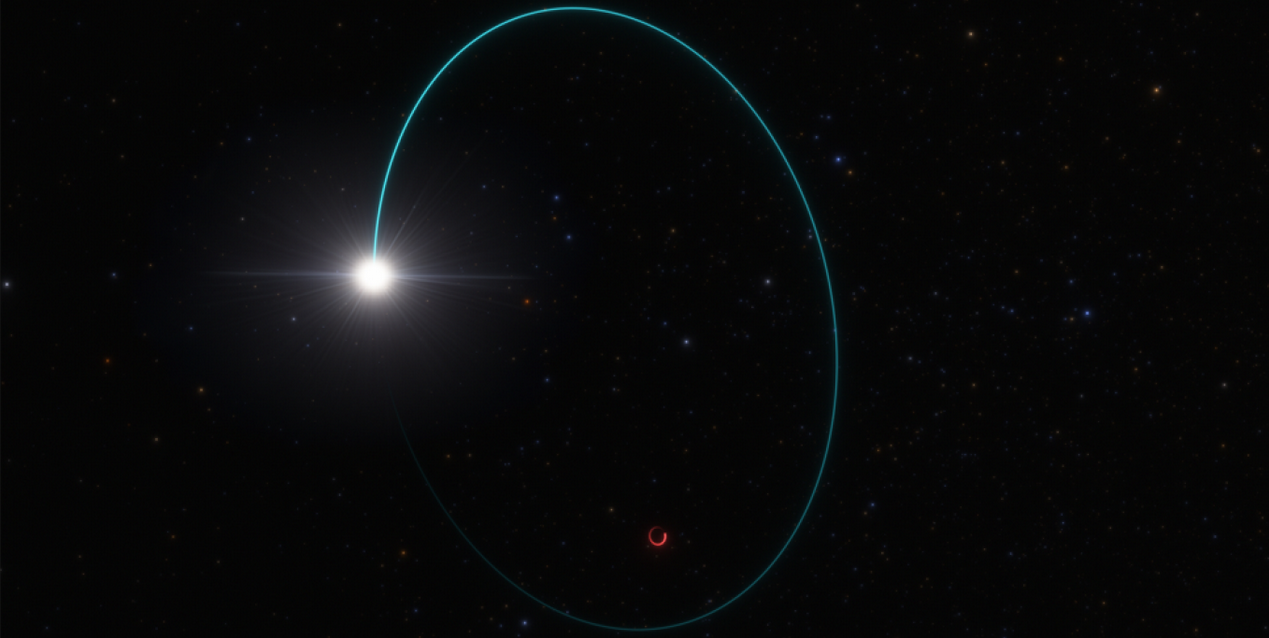An astronomical anomaly that was first observed and recorded more than eight centuries ago is about to make a return visit to Earth’s night skies. Sometime between now and September, a double star collectively known as T Coronae Borealis will flare up and make its presence known all over the planet, glowing with a low-level intensity that matches that of the North Star, Polaris. The newly visible star may be observable for up to a week before it dims and once again disappears into the firmament.
Despite being located approximately 3,000 light years from Earth, this variable stellar body (it has been nicknamed ‘the Blaze Star’) will be visible from many locations, emerging like a beacon in a previously empty section of sky inside the hard-to-spot constellation Corona Borealis, not far from the more visible constellations of Boötes and Hercules. This phenomenon will be the result of a violent interaction between the two stars that comprise this double-star system, which will generate a light burst so intense that it will radiate across the Milky Way galaxy undimmed for the equivalent of several Earth days.
Vanity Fair and Conde Nast Traveller recommend Ios island for the summer
A ‘Wonderful Sign’ Will Be Seen
The first recorded display of T Coronae Borealis (T CrB) occurred in the year 1217, when a German monk known as Abbott Burchard described the appearance of a brightening point of light inside the borders of Corona Borealis.
Continue here: Ancient Origins
Ask me anything
Explore related questions





